Lung Disease In Children
Lung disease in children. The different types of chILD have one thing in common they all decrease the oxygen supply to a childs body. The two main conditions affecting children are asthma and cystic fibrosis which are covered in different. The lungs trap air collapse fill with fluid or produce extra mucus making it hard for the infant to breathe.
ChILD is so unusual that researchers dont know how many children have each of its many types. Childhood interstitial lung disease chILD is a group of rare conditions that affects infants children and adolescents. Childrens interstitial and diffuse lung disease chILD is not a single condition but a group of rare lung diseases found in infants children and adolescents that can range from mild to severe 1.
Chronic lung disease means that there is damage to the newborns lungs. ABSTRACT Childrens interstitial lung diseases chILD are increasingly recognised and contain many lung developmental and genetic disorders not yet identified in adult pneumology. Some adults and children have the same kind of interstitial.
What is Pediatric Chronic Lung Disease CLD. Your childs healthcare provider may also do tests to confirm chronic lung disease. Childhood interstitial in-ter-STISH-al lung disease or chILD is a broad term for a group of rare lung diseases that can affect babies children and teens.
Interstitial lung disease ILD in children chILD is an umbrella term for a heterogeneous group of respiratory disorders that are mostly chronic and impair the respiratory function of the lung. Your childs healthcare provider may look at several factors. Lung disease in children Research has shown that lung problems account for about one quarter of all visits by children to a general practitioner.
The Australasian Registry Network for Orphan Lung Disease. Of both developmental and acquired origin they may present as respiratory distress in infants or may be asymptomatic lesions incidentally discovered by images stu. It may be diagnosed when a premature baby with breathing problems still needs oxygen after reaching 28 days of age.
Bronchopulmonary dysplasia BPD in infants refers to long-term breathing and lung problems in premature babies. Bronchopulmonary dysplasia is a serious complication of prematurity resulting from poor lung growth and lung injury.
In conclusion this is the first report on BAL values cellular and noncellular constituents in children younger than 3.
Some adults and children have the same kind of interstitial. These diseases have some similar symptoms such as chronic cough rapid breathing and shortness of breath. Chronic lung disease means that there is damage to the newborns lungs. Bronchopulmonary dysplasia is a serious complication of prematurity resulting from poor lung growth and lung injury. Adults can have interstitial lung disease too. These diseases also harm the lungs in similar ways. Newborn acute presentations are usually due either to a mutation in one of the surfactant protein Sp genes or the alveolar capillary dysplasia ACD-congenital alveolar dysplasia CAD spectrum. The different types of chILD have one thing in common they all decrease the oxygen supply to a childs body. Some adults and children have the same kind of interstitial.
Adults can have interstitial lung disease too. The two main conditions affecting children are asthma and cystic fibrosis which are covered in different. The lungs trap air collapse fill with fluid or produce extra mucus making it hard for the infant to breathe. Bronchopulmonary dysplasia is a serious complication of prematurity resulting from poor lung growth and lung injury. Childrens interstitial and diffuse lung disease chILD is not a single condition but a group of rare lung diseases found in infants children and adolescents that can range from mild to severe 1. Childhood interstitial in-ter-STISH-al lung disease or chILD is a broad term for a group of rare lung diseases that can affect babies children and teens. Adults can have interstitial lung disease too.






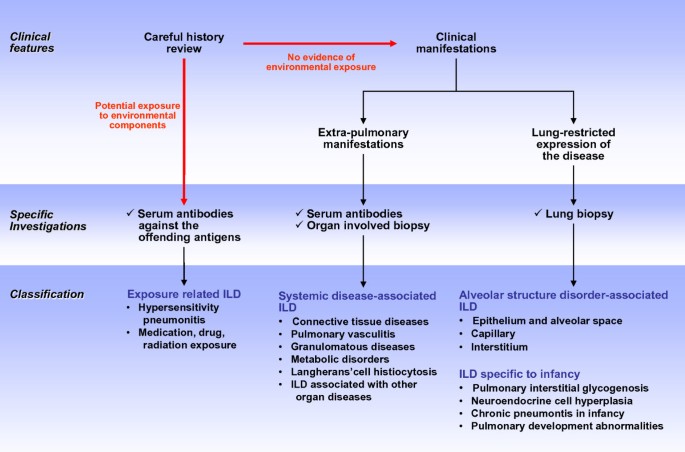














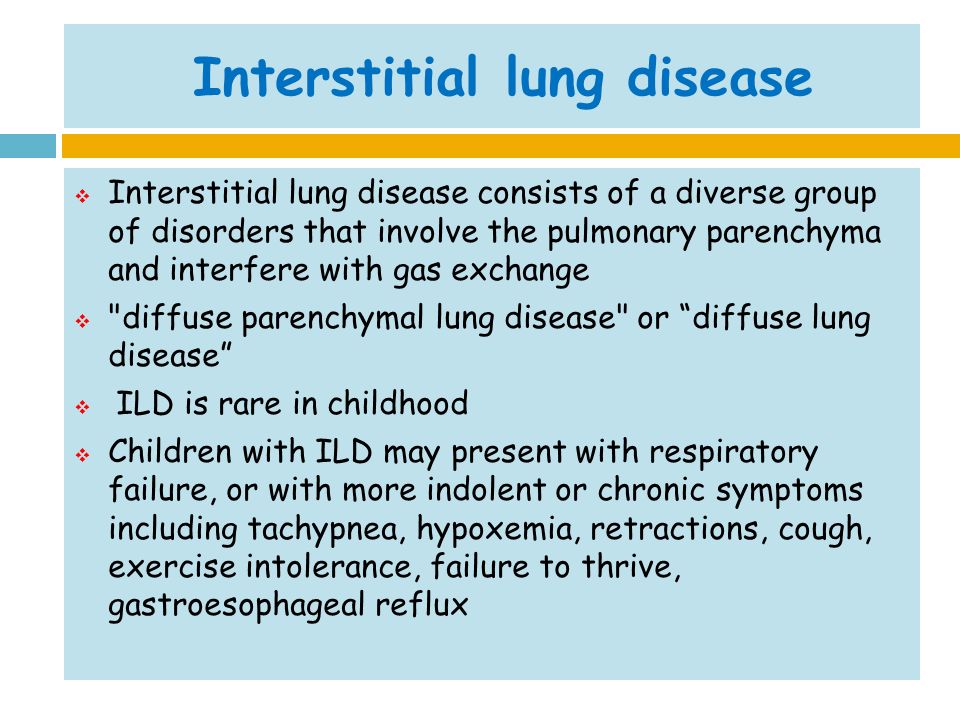


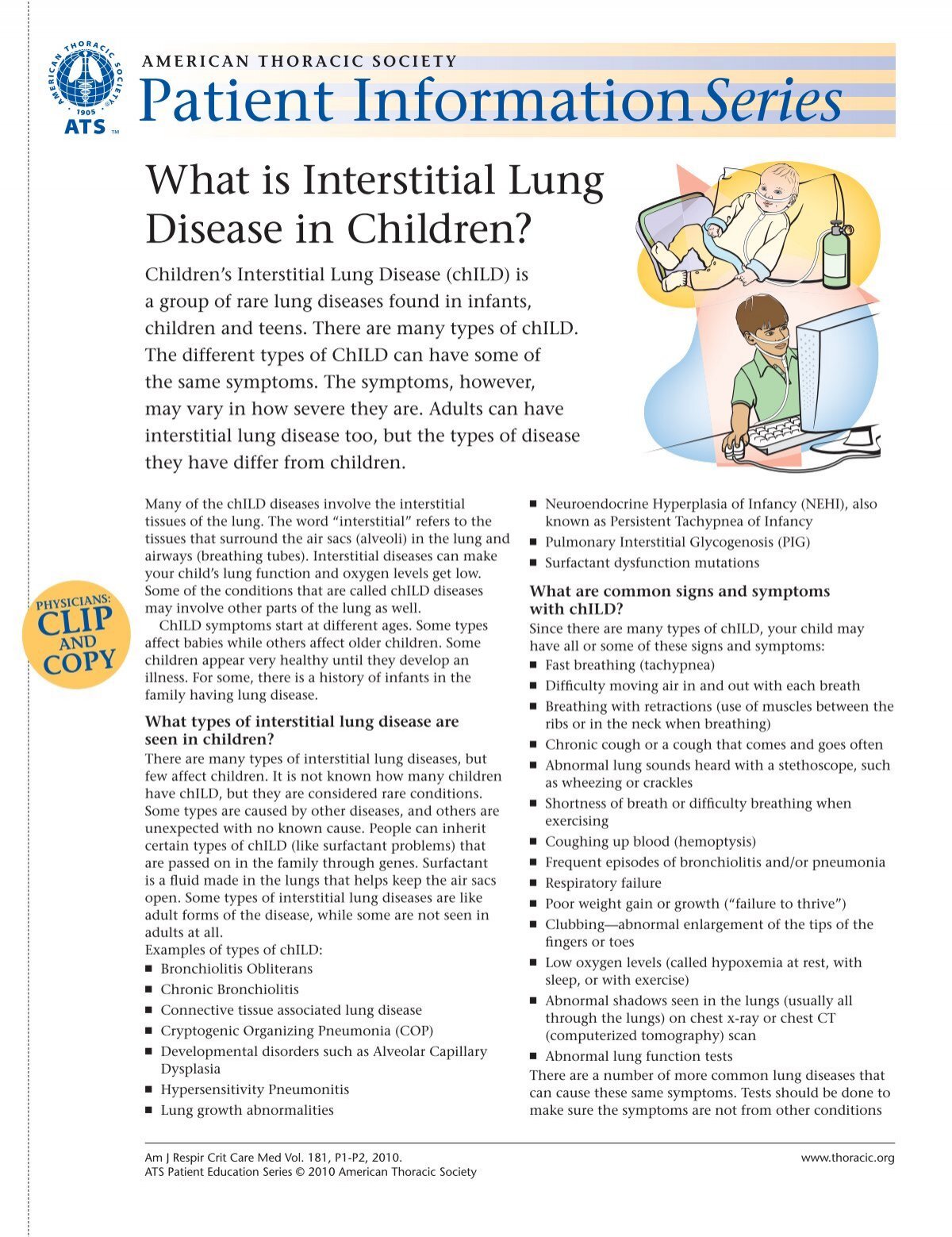

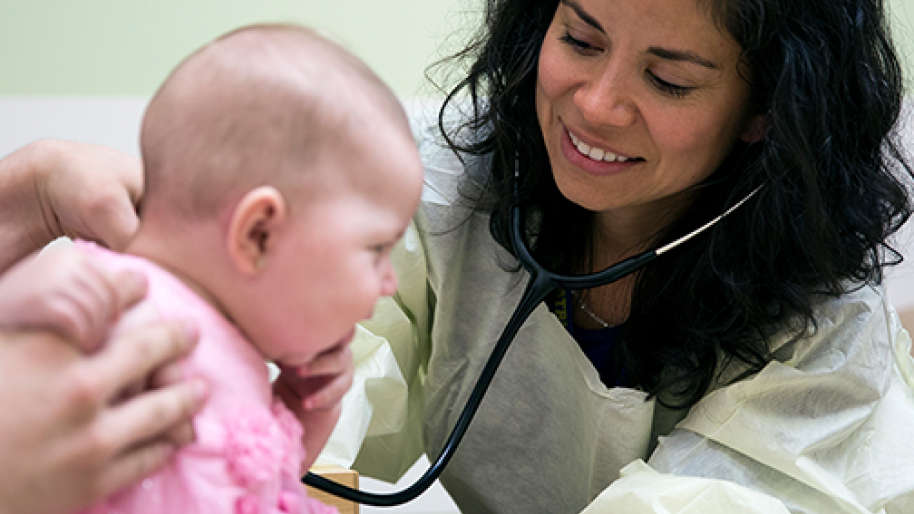


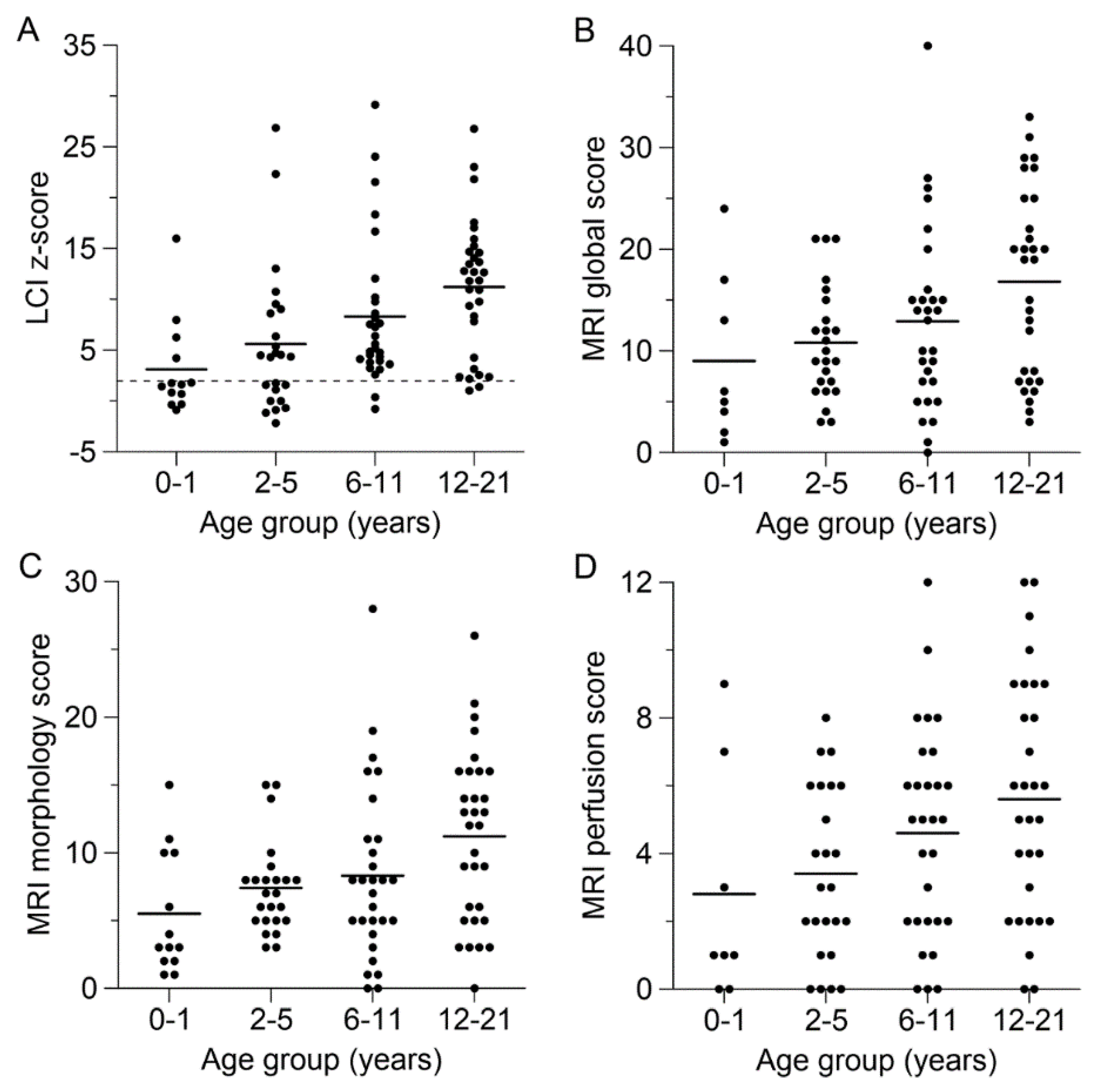




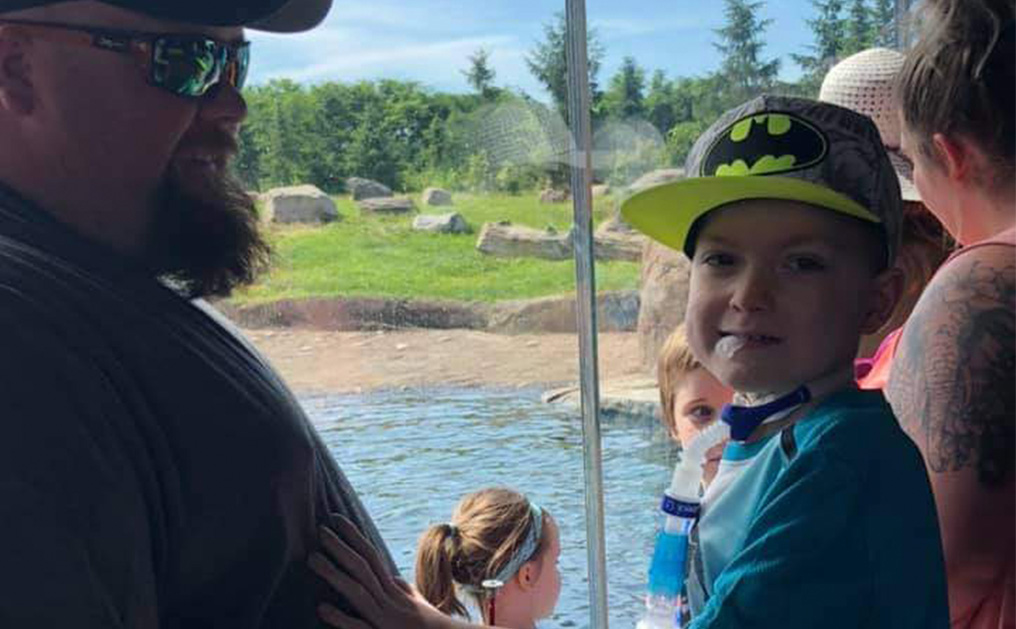

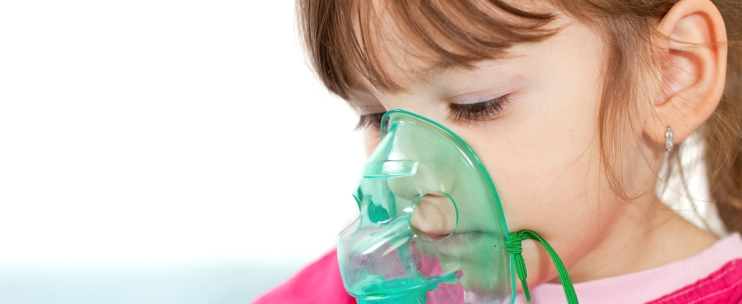

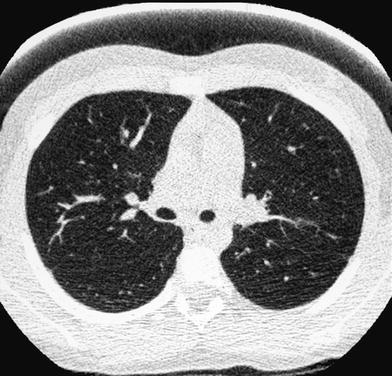







Post a Comment for "Lung Disease In Children"